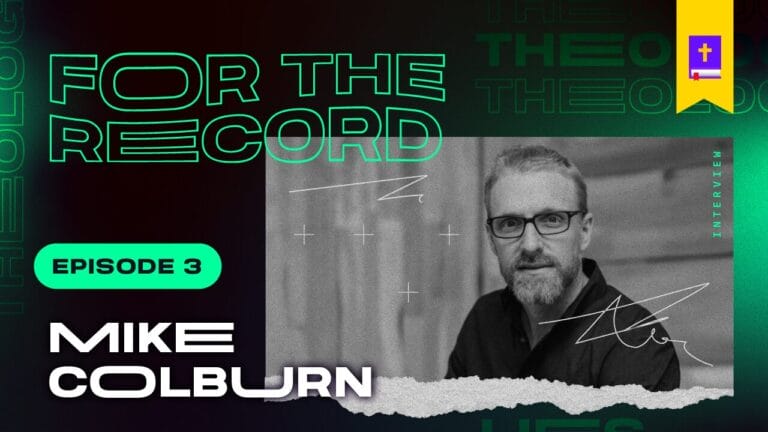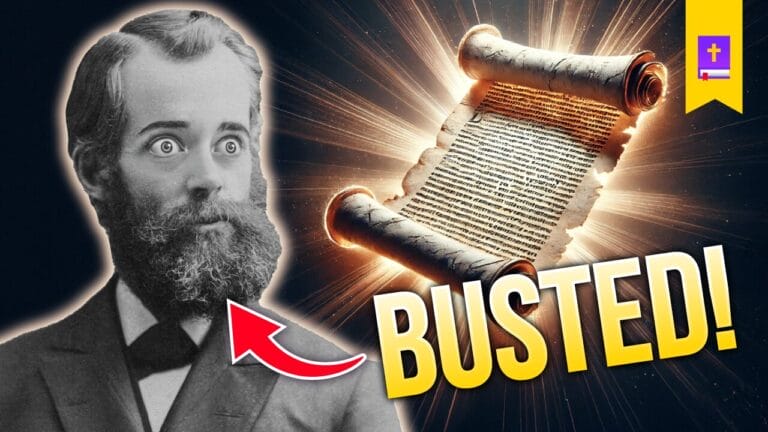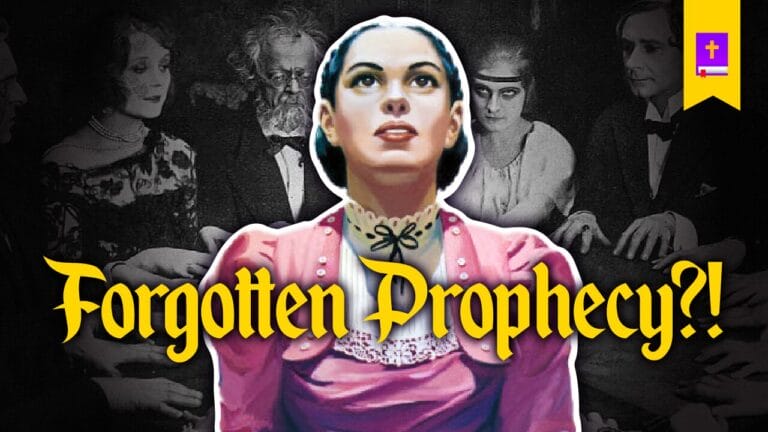All of Seventh-Day Adventist theology is predicated upon eschatology. This is to say that the system interprets all of scripture in light of eschatology. For example, the mark that God put on Cain in Genesis 4:15 is often claimed to be an eschatological foreshadowing of the Mark of the Beast. Adventists often will claim that Cain was “marked” for his unlawful worship of God which foreshadows how in the end times, those not keeping the seventh day Sabbath will also be unlawfully worshiping God and receive the Mark of the Beast.
The same is true for the Adventist eschatological paranoia around a death decree which is the belief that after a national, turned international, Sunday worship law is passed, a death decree will go forth sanctioning the killing of all of those who will not observe this law. Adventists will have to take a stand for the seventh day Sabbath which they teach is a test of loyalty to God.
God has given men the Sabbath as a sign between Him and them, as a test of their loyalty. Those who, after the light regarding God’s law comes to them, continue to disobey and exalt human laws above the law of God in the great crisis before us will receive the mark of the beast.
Ellen G. White, Evangelism, pg. 235 (EV 235.3)
When the test comes, it will be clearly shown what the mark of the beast is. It is the keeping of Sunday.
SDA Bible Commentary, Vol. 7, p. 980
Speaking about the death decree theory in 1890, the SDA prophetess, Ellen G. White, claimed that the time of trouble was “soon” to come upon them with the decree to go forth sanctioning the killing of Adventists:
The time of trouble is soon to break upon us, and the decree will go forth that everyone who will not keep the first day of the week shall be put to death. Those who have not regarded the Sabbath as they should, who have exalted their business above God’s commandment, will trample upon the Sabbath and keep the first day of the week, because they have consulted their own convenience before the honor of God. They did not learn to bring themselves into harmony with the Sabbath, but sought to bring the Sabbath to meet their own convenience. With the preparation they have made, they are no more fitted to stand in the day of judgment than the greatest sinner. Their ideas are confused; they have tried to serve God and mammon; they received not the love of the truth, that they might be saved. Those who love God with all the heart, and their neighbor as themselves, will be the only ones who will stand the test of the decree.
Signs of the Times, June 2, 1890 (ST June 2, 1890, par. 5)
In the same way that Genesis 4:15 is treated to try and find some eschatological parallel to the Mark of the Beast, the same is done with Daniel 2:13. The history around Daniel and his friends not bowing down to the pagan king’s statue (image) is seen to be a foreshadowing of the end of time when Adventists will have to do the same—not bow to the “image of the beast.” Its “mark” will be the Sunday worship law and a death decree will go forth against all who don’t submit.
But what is the “image to the beast”? and how is it to be formed? The image is made by the two-horned beast, and is an image to the first beast. It is also called an image of the beast. Then to learn what the image is like, and how it is to be formed, we must study the characteristics of the beast itself,—the papacy. When the early church became corrupted by departing from the simplicity of the gospel, and accepting heathen rites and customs, she lost the Spirit and power of God; and in order to control the consciences of the people she sought the support of the secular power. The result was the papacy, a church that controlled the power of the State, and employed it to further her own ends, especially for the punishment of “heresy.” In order for the United States to form an image of the beast, the religious power must so control the civil government that the authority of the State will also be employed by the church to accomplish her own ends...
When the leading churches of the United States, uniting upon such points of doctrine as are held by them in common, shall influence the State to enforce their decrees and to sustain their institutions, then Protestant America will have formed an image of the Roman hierarchy, and the infliction of civil penalties upon dissenters will inevitably result.
Ellen G. White, The Great Controversy (1888) (GC88 443.2)
Scripture doesn’t teach these theories and, without Ellen White’s writings, one would never come to such conclusions. It is arrived at through an abuse of typology and mere speculation based on 19th century fervor. And some Adventist scholarship has even begun to recognize such.
In 2020, SDA theologian and professor Jon Paulien from Loma Linda University gave a talk titled The Coming Sunday Law Dilemma, where he said:
The idea of a worldwide Sunday law made a lot of sense back then [the 19th century]. The world was quite different than today. So we should not assume that after the passage of more than one hundred and fifty years that every detail would necessarily be fulfilled….
Great Controversy fits perfectly with exactly what was happening in the world in the 1880s…I think we make the mistake in putting lines in the sand and saying it must happen exactly this way when in fact we see God being creative, not always predictable…things have changed in the world. If God was giving a prophecy today it wouldn’t sound like what was given back then because we are in a different world, different language, different circumstances, different time and place.
Jon Paulien, The Coming Sunday Law Dilemma [28:12]
He would later go on to claim that the idea of a Protestant America is unrealistic and that Ellen White’s predictions must have been “conditional” and predicated upon circumstances in their day:
She [Ellen White] is talking about the near future. She’s talking about a world that was very real in the 1880s, but no longer exists today. It’s no longer a Protestant government. It’s no longer a world in which spiritualism is at the top of the radar and the agenda…What she was describing in Great Controversy was about her present and her near future.
Jon Paulien, The Coming Sunday Law Dilemma [41:48]
There is zero indication that the entire world is being stirred with enmity toward Seventh-Day Adventists and the vast majority of people have no clue who the Seventh-Day Adventists are. It isn’t rational, nor logical, to think that people are going to all of a sudden become stooges for the government and hunt down Adventists because they want to worship on Saturday. And abusing the book of Daniel through typology to try and prove such is not sound hermeneutics or exegesis.










